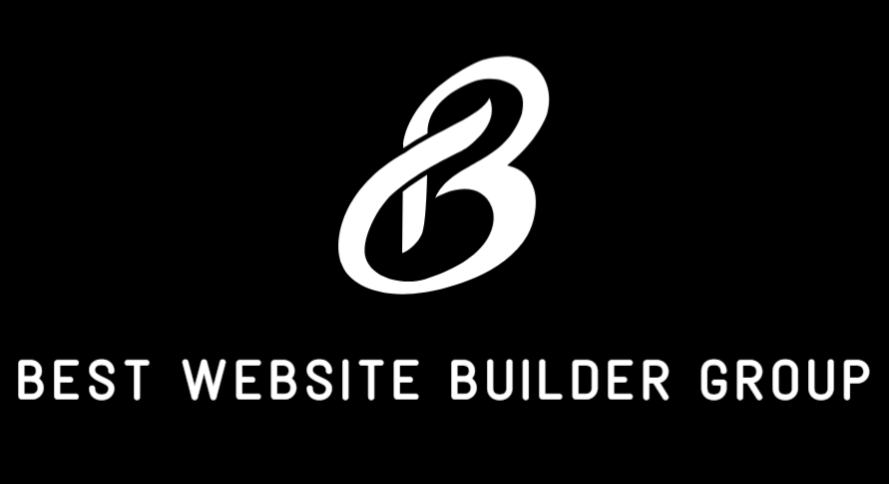In today’s digital landscape, user attention is fleeting — and speed is everything. One of the most critical (yet often underestimated) elements of search engine optimization is website speed. In fact, if you’re serious about boosting your organic rankings, reducing bounce rates, and improving user experience, addressing your website’s loading time should be one of your top priorities.
At Best Website Builder Group, we’ve helped hundreds of businesses improve their SEO by simply improving their site speed — without even changing their content or backlinks.
So, how exactly does website speed affect SEO, and what can you do to fix it?

Why Google Cares About Speed
In 2018, Google officially confirmed that page speed is a ranking factor in its algorithm. While it originally applied to desktop search, the Page Experience Update in 2021 emphasized speed even more — especially for mobile users.
Google uses real-world user metrics (known as Core Web Vitals) to measure speed and responsiveness. These include:
- Largest Contentful Paint (LCP): How fast the biggest element loads
- First Input Delay (FID): How fast users can interact with the site
- Cumulative Layout Shift (CLS): How stable the layout is while loading
If your site struggles with any of these, Google may rank your competitors higher, even if your content is superior.
The Direct SEO Impact of Website Speed
Higher Bounce Rates
Slow websites drive users away. Studies show that if a page takes longer than 3 seconds to load, over 50% of users will abandon it. Google sees this behavior as a signal that your content isn’t useful — and may demote your site in search results accordingly.
Lower Crawl Budget Efficiency
Search engine crawlers like Googlebot allocate a limited amount of time to explore your website. If your pages load slowly, fewer pages get crawled, and important updates or new content might get missed — delaying your SEO results.
Decreased Mobile Performance
With mobile-first indexing, Google uses the mobile version of your website to determine rankings. If your mobile site is sluggish or bloated, your entire SEO performance could suffer — even if your desktop version is fast.

What Slows Down a Website?
Understanding the causes of slow loading speeds is the first step toward fixing them. Common culprits include:
- Unoptimized images (too large or wrong format)
- Excessive JavaScript and CSS
- Poor-quality hosting
- Too many third-party scripts
- Heavy WordPress plugins or outdated themes
- No caching strategy
- No content delivery network (CDN)
If your site is built with WordPress, WooCommerce, or Shopify, optimizing these elements is especially important. While these platforms are flexible, they often rely on themes and apps that can easily bloat performance if not carefully managed.
At Best Website Builder Group, our development process is designed to deliver clean code, lean frameworks, and optimized files — resulting in blazing fast websites that please both users and search engines.
How to Measure Website Speed
Before improving anything, you need to know where you stand. The best tools to evaluate website speed include:
These tools not only show load times but also highlight exactly what’s slowing you down, such as large images, unused CSS, or excessive server response times.
How to Improve Website Speed for SEO
Improving speed requires a combination of development, design, and hosting strategies. Here’s how we typically optimize websites for faster performance:
Use Efficient Hosting
Your hosting provider plays a huge role in performance. Shared hosting may be cheap, but it’s often slow and unreliable. We recommend using fast, scalable options like:
- Cloud hosting (e.g., Cloudways, DigitalOcean)
- Managed WordPress hosts (e.g., Kinsta, WP Engine)
- Shopify’s built-in CDN (for e-commerce stores)
Compress and Optimize Images
One of the easiest wins is compressing images before uploading them. Use tools like TinyPNG, ShortPixel, or built-in compression plugins for WordPress. Also, serve images in next-gen formats like WebP for better compression without loss of quality.
Minify JavaScript and CSS
Reducing the size of JavaScript and CSS files speeds up load times. Tools like WP Rocket, Autoptimize (WordPress), and built-in Liquid optimization on Shopify can handle this automatically.
Enable Caching
Caching stores static versions of your web pages, so returning users don’t have to load everything from scratch. Page caching and browser caching are both essential. WP Rocket, W3 Total Cache, or LiteSpeed Cache are excellent tools for WordPress. Shopify handles some of this behind the scenes.
Use a CDN (Content Delivery Network)
A CDN distributes your website files across multiple global servers, reducing the distance data needs to travel. This improves speed for visitors who are geographically far from your server.
Cloudflare and Bunny.net are two excellent, cost-effective CDN options — and they integrate seamlessly with most platforms.
Reduce HTTP Requests
Each script, image, or style sheet on your site requires an HTTP request. Reducing the number of these requests improves load times. Combine CSS/JS files when possible and eliminate unused third-party scripts (especially marketing or tracking scripts that aren’t critical).
Delay Non-Critical Elements
Features like pop-ups, live chat widgets, or email forms don’t need to load immediately. Delaying or deferring them until after the core content is visible improves speed and performance scores.
At Best Website Builder Group, we use lazy loading, deferred scripts, and smart sequencing to make sure every site we build loads fast — and still functions at a high level.

SEO Gains from Better Speed
Sites that improve speed often see:
- Higher Google rankings
- Better user engagement metrics
- Improved conversion rates
- Lower cost per click (CPC) in paid ads (yes, speed affects ad quality score too)
- Fewer cart abandonments in e-commerce
Google wants users to have a great experience — and fast-loading websites are a big part of that experience.
Should You Rebuild for Speed?
Sometimes, a site is simply too bloated or outdated to fix with patches. If your current theme or framework can’t be optimized, a strategic rebuild using modern tools and clean code may be the best move.
We regularly rebuild client sites that were visually appealing but functionally broken — and almost always see SEO and performance improve dramatically.

Conclusion
Website speed is more than just a technical metric — it’s a business advantage. From rankings to revenue, the faster your website loads, the more effective it becomes at attracting, converting, and retaining users.
If you’re committed to improving SEO and overall digital performance, improving site speed is one of the highest-impact steps you can take. And if you need expert help, the team at Best Website Builder Group is here to help you build websites that are not just beautiful, but lightning fast.
